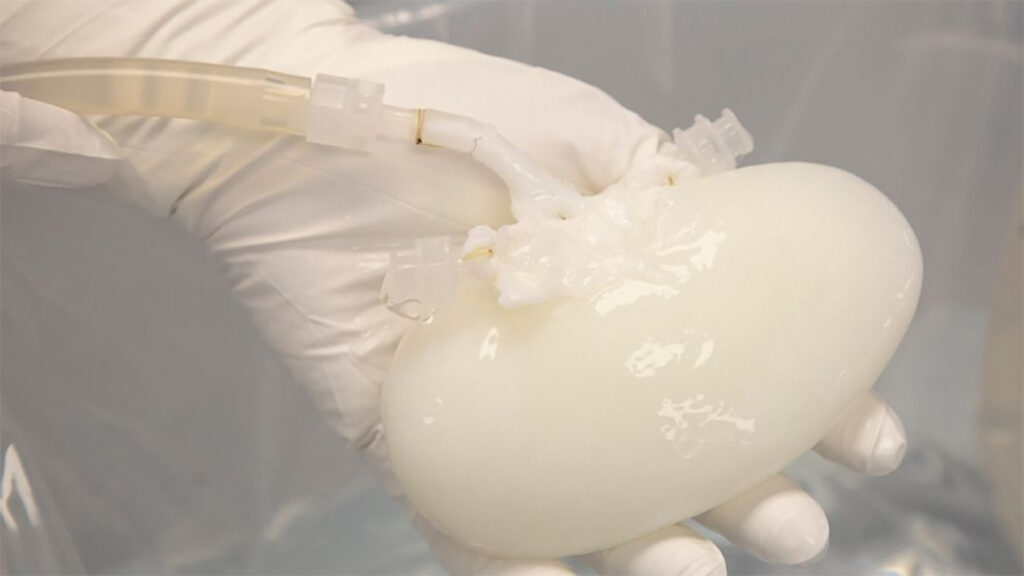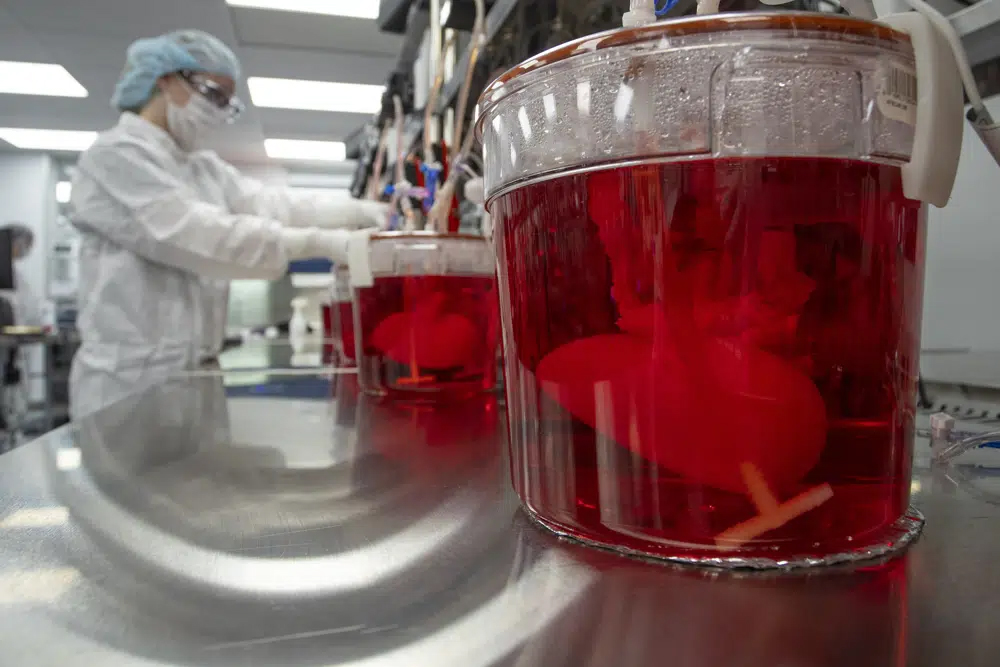Bioengineering Pig Livers and Kidneys Today for Human Transplantation in the Near Future

Human transplant donors are not that many. Thus, many people expecting donors are waiting for months or years. Surgical, medical, and pharmacologic techniques have advanced through the years, but the shortage of organ donors is still a global problem.
Among the vital organs in demand for transplantation are the pancreas, lungs, heart, kidney, and liver. However, many patients also wait for cornea, bones, small bowel, ligaments, and skin. The latter organs do not draw much public attention, but these are vital in providing temporary or permanent solutions for many clinical conditions.
Organ transplantation
Organ transplantation is one of medicine’s complex processes. It involves the medical aspects of the recipient patient, the matched donor (for a living donor), or the deceased donor’s family. Moreover, not many people are open to organ transplantation for ethical and religious reasons. But the story is different, with patients and their families waiting for donors to extend their lives.
In the U.S., there were 20,406 organ donors in 2021, according to Statista, while the national transplant waiting list is more than 106,000, based on the report of the American Kidney Fund.
Pig livers for human transplantation
Healthcare professionals are looking into the possibility of pig liver transplantation in humans. However, the animal liver should be similar to the human liver to prevent rejection.
The possibility might become a reality soon, as Miromatrix, an American medical company, is already working on it. According to its CEO, Jeff Ross, their process involves regrowing the pig liver; so that the human body will no longer sense that the organ came from an animal.
The company plans to conduct unprecedented human testing of the bioengineered organ in 2023.
Miromatrix is waiting for the approval of the Food and Drug Administration (FDA). Once the FDA approves, Miromatrix will conduct the first experiment outside the patient’s body. They will place the bioengineered pig liver next to the patient with a non-working liver to temporarily filter their blood.
According to reports, if the “liver assist” proves successful, the company will attempt a transplantation of a bioengineered organ, possibly a kidney. Dr. Sander Florman, transplant chief of Mount Sinai Hospital in New York, hopes the test will succeed. The hospital is one of the many hospitals participating in the liver assist testing program.
Scientists are considering this alternative because the availability of human organs is scarce. Right now, the available organs will not meet the demand. According to doctors, animals can be a sustainable source of organs. Through bioengineering, scientists can make animal organ transplantation feasible.
A complex process
But getting the pig liver ready for human recipients involves several complex processes. To ensure that the animal organ is usable, the scientists have to strip the pig cells, to remove the risk of xenotransplantation, like hyper-rejection and lingering animal viruses. The FDA approved the process for producing a particular form of surgical mesh.
As Miromatrix CEO describes the process, he said that it is not easy to add billions of cells simultaneously into an organ. The need to slowly infuse the cells, which will move around until they stick to the right environment.
Right now, they use rescued human organs to grow cells. They use the cells they grow to repopulate kidney scaffolds or pig liver. One human organ can grow cells for several animal organs. According to Mount Sinai kidney transplant expert Dr. Ron Shapiro, the experiments of Miromatrix give hope to dialysis patients who are waiting for years to get a kidney.

Modification process
The Miromatrix’s ambitious project is to modify the pig livers to achieve their goal of transplanting them into humans. Their plans are already underway, as they plan to test their bioengineered livers on human patients in 2023.
However, before they can test humans, they must make the pig livers compatible with human bodies to avoid rejection.
The first step is to dissolve the pig cells responsible for making the organ function. The process leaves white, semi-translucent scaffolds. Next, they infuse the scaffolds with human cells from donated livers that cannot be transplanted. The living cells from the donated livers move into the scaffolding gaps to restart the organ’s functions. Since they removed all the animal cells from the pig liver, the human body will no longer identify it as a pig liver.
While many transplant surgeons are very optimistic about the project, other doctors are still apprehensive. However, the liver-assist is an early initial step. But like other doctors, they believe that if the test works, they also think it will be one of the significant ways for organ development, which can benefit humans.
The liver assist is vital to the more ambitious project—a bioengineered organ transplant, possibly a kidney, the most sought-after organ. However, if the liver assist trial fails, the patient will still survive with the help of dialysis.
Scientists are looking to animals as sources of organs to meet the demand. While the FDA considers additional xenotransplantation experiments using hearts or kidneys from pigs with edited genes, Miromatrix uses bioengineering, which works on the organs of pigs from slaughterhouses, instead of tinkering with the entire pig’s genetic makeup.